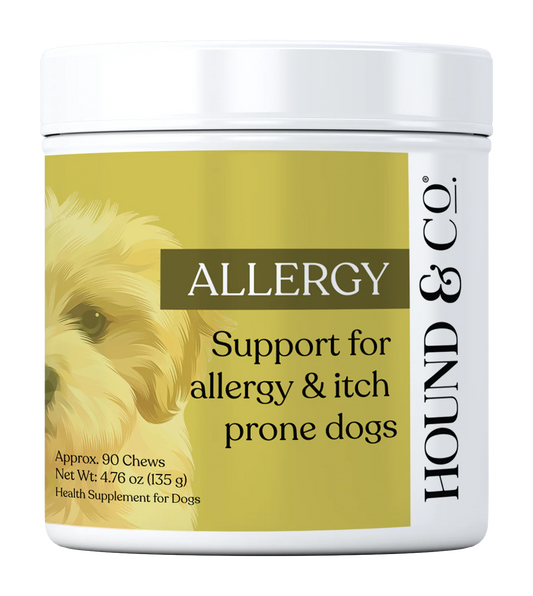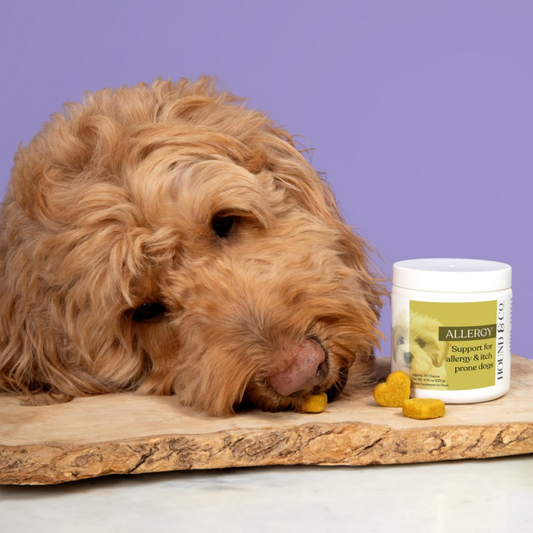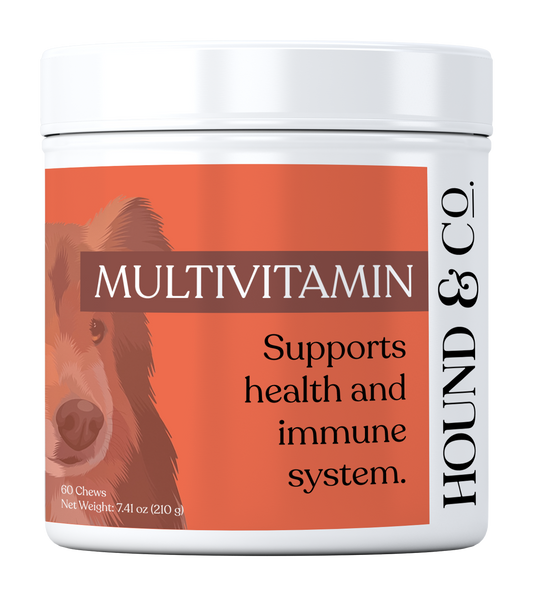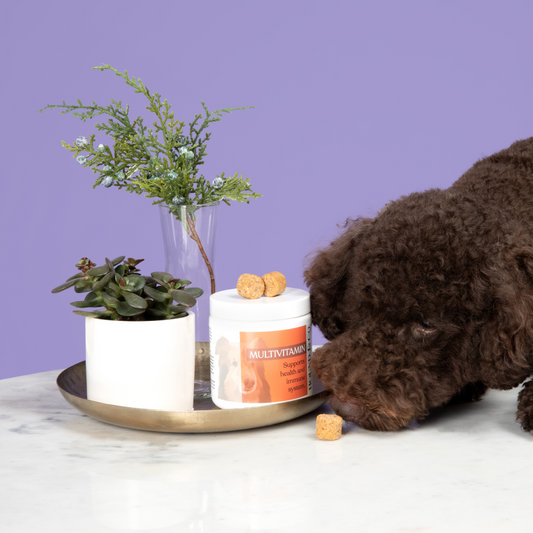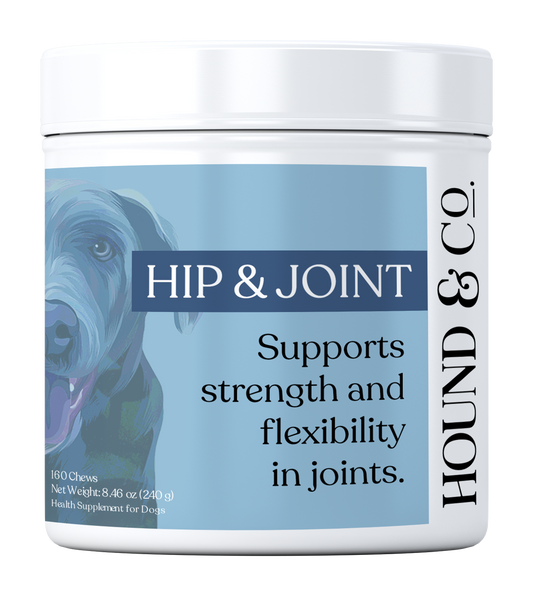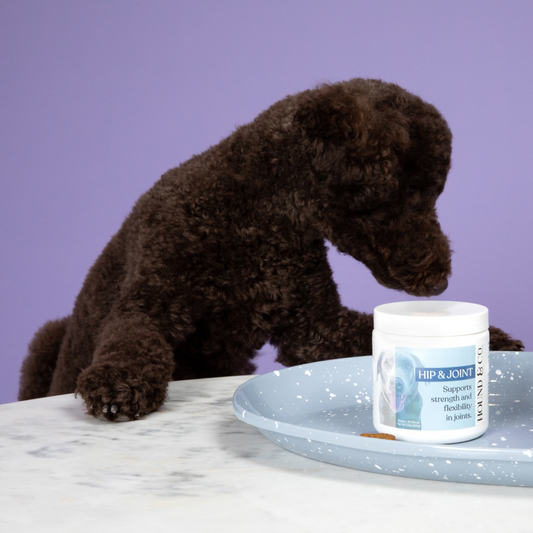Comprehensive Guide to Flea and Tick Prevention for Dogs

Vet Reviewed by Dr. Jacob Klos, DVM

Fleas and ticks are more than just a nuisance; they can pose serious health risks to your dog, ranging from mild irritation to severe illnesses. Preventing and managing these pests is crucial for your dog's health and comfort. In this comprehensive guide, we'll cover everything you need to know about flea and tick prevention, from understanding the risks to choosing the best prevention methods.
Understanding the Risks
Fleas and ticks are parasites that feed on your dog's blood. They can cause various health issues, including:
- Skin irritation and allergic reactions
- Anemia due to blood loss
- Transmission of diseases such as Lyme disease, Ehrlichiosis, and Anaplasmosis
- Tapeworm infections from ingesting fleas
Understanding these risks highlights the importance of effective flea and tick prevention.
Prevention Methods
1. Topical Treatments
Topical treatments, also known as spot-on treatments, are applied directly to your dog's skin, usually between the shoulder blades. These treatments are effective in killing and repelling fleas and ticks for up to a month. Popular brands include Frontline, Advantage, and K9 Advantix.
2. Oral Medications
Oral medications are administered in the form of chewable tablets or pills. These medications work by killing fleas and ticks when they bite your dog. Some popular oral medications include NexGard, Bravecto, and Simparica. These treatments can be effective for one to three months, depending on the product.
3. Flea and Tick Collars
Flea and tick collars are worn around your dog's neck and release active ingredients that repel and kill pests. These collars can provide protection for up to eight months. Popular brands include Seresto and Scalibor. Ensure the collar fits properly and check for any signs of irritation around the neck.
4. Shampoos and Sprays
Flea and tick shampoos and sprays can be used to kill pests on contact. These products provide immediate relief but may not offer long-term protection. Shampoos are ideal for a thorough cleaning, while sprays can be applied as needed. Regular use can help manage infestations.
5. Environmental Control
Controlling fleas and ticks in your dog's environment is crucial. This includes regularly vacuuming your home, washing your dog's bedding, and using household sprays or foggers to eliminate pests. Keep your yard well-maintained by mowing the lawn and removing leaf litter, where fleas and ticks thrive.
Natural Prevention Methods
In addition to commercial products, some natural remedies can help prevent fleas and ticks:
- Essential oils such as lavender, eucalyptus, and cedarwood can be diluted and sprayed onto your dog's coat. Always consult your vet before using essential oils.
- Apple cider vinegar can be added to your dog's drinking water (1 teaspoon per quart) to make their skin less appealing to pests.
- Regular grooming and bathing can help detect and remove fleas and ticks early.
Regular Checks and Maintenance
Regularly checking your dog for fleas and ticks is essential, especially after outdoor activities. Run your hands through your dog's fur, paying close attention to the neck, ears, and underbelly. Use a flea comb to help remove any pests and consult your vet if you find any ticks or flea infestations.
Consult Your Veterinarian
Your veterinarian can help you choose the best flea and tick prevention plan for your dog, considering their health, lifestyle, and any existing medical conditions. Regular vet visits and a tailored prevention strategy can ensure your dog stays protected year-round.
Conclusion
Preventing fleas and ticks is an essential part of responsible pet ownership. By understanding the risks and utilizing effective prevention methods, you can keep your dog healthy and comfortable. Whether you choose topical treatments, oral medications, collars, or natural remedies, consistency is key. Regular checks and environmental control will further help in managing these pesky parasites. Consult your veterinarian for personalized advice and stay vigilant to ensure your furry friend enjoys a flea-free and tick-free life.



